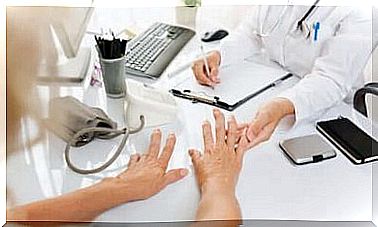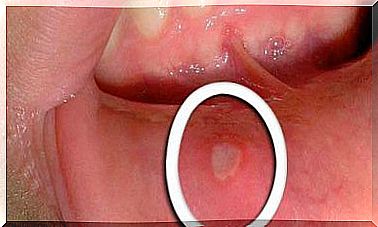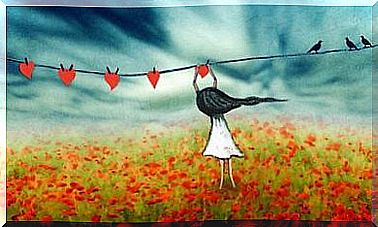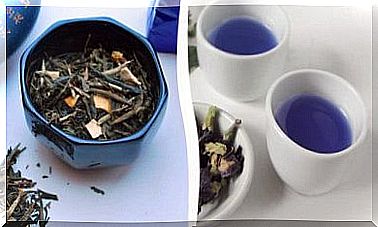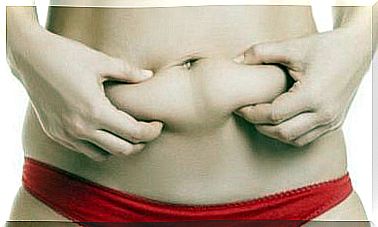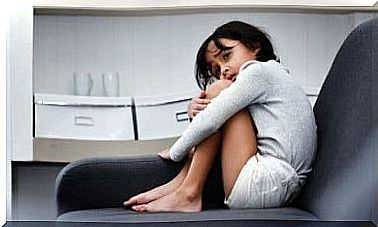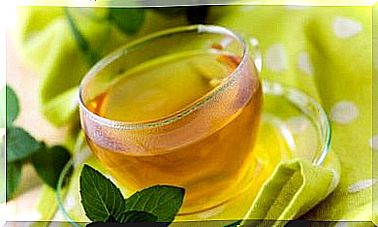Therapeutic Massages And Their Advantages
Through the mechanical treatment of the outer tissue layers of the body with different pressure and intensity, tension and energy blockages are released.
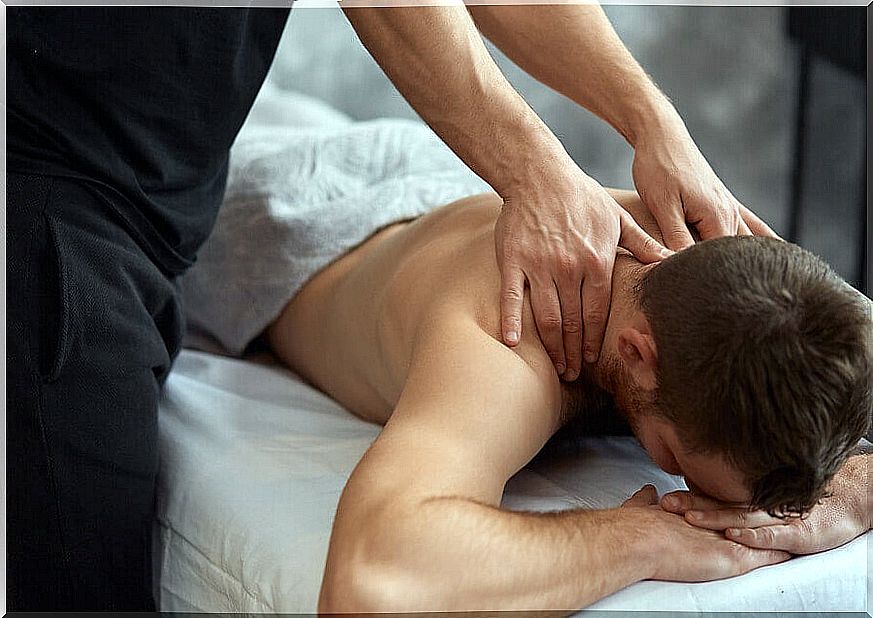
Therapeutic massages are used for a wide variety of complaints. There are numerous different techniques and massage techniques. These are used, for example, to relieve pain and improve mobility.
Through the mechanical treatment of the outer tissue layers of the body with different pressure and intensity, tension and energy blockages are released. This means that deeper layers can also be reached.
The origin of the word massage already gives information about its meaning: In Arabic one uses “mass” for “gently rub”. The Greek origin “massein” means something like “rub”; and in Hebrew there is the word “mashech” meaning “to feel”.
Massages are not just for therapeutic purposes. They are also used in cosmetic and sports treatments. For example, they are successfully used for beauty care and provide support before and after sports activities.
Find out more about therapeutic massages, their effects and the various techniques and massage techniques in today’s article .
Therapeutic massages: effects on the body
In general, there are no contraindications to massage. But it may be that the physical condition does not allow certain techniques or hand movements. Depending on the symptoms, the masseur uses one or the other massage technique to achieve the desired goal.
Massages are not only used for muscle ailments. They have numerous other physical and psychological benefits that are very helpful in many cases. Different massage techniques can also be combined to achieve an improvement.
The therapeutic benefits of massages include:
- Development of muscles
- Relaxation of muscles
- Long-term improvement in the flexibility of the tissues
- Relief from pain
- Improved general wellbeing
- Improvement of blood and lymph circulation
Therapeutic massages: various techniques and massage movements

Then we name the most important mechanical options that are often used:
- Effleurage or brushing
- Petrissage or kneading
- Friction or rubbing
- Tapotement or knocking
- vibration
In the following we take a closer look at all these movements and massage grips:
Effleurage or brushing
The masseur works on a specific part of the body uniformly by slowly stroking it. He can apply the effleurage lengthways or in circles, focusing specifically on the areas to be treated.
The brushing technique is also used in depth to relieve tension and stimulate the blood and lymph circulation. By stimulating the blood circulation, the venous return is promoted.
The superficial stroking brings the superficial blood circulation of the outer tissue layers in motion and promotes the regeneration of the skin.
Petrissage or kneading
Kneading and tapping are among the energetic methods. Kneading is used to separate superficial tissue from deeper tissue layers. It’s also about moving and loosening muscle fibers.
During the Petrissage, as kneading and walking is also called, the masseur exerts pressure on the skin and muscles in rhythmic movements. This removes toxins from the tissues, which improves the absorption of nutrients in the muscles. At the same time, tension in the muscles is released.
Deep kneading also improves the muscles’ ability to contract.
Friction or rubbing
The movements of this massage grip are short. The masseur controls the pressure and usually uses his fingertips. This technique is very often used for joint massages.
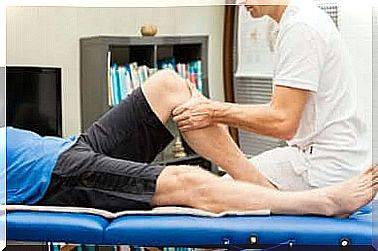
Rubbing can loosen the tissues, which also helps relieve pain. In addition, the masseur also stimulates blood circulation in those areas in which he uses this technique.
This simple static technique does not move the tissue. But the masseur exerts pressure on a certain part of the body or a specific point and holds it for half a minute or a full minute without making any movements.
Tapotement or knocking
Knocking has a very energetic effect, as does the kneading method. Depending on the area of the body, you can use different types of tapotement, for example hacking and cupping.
Hacking is defined as firm tapping with the edge of the hand, which is very energetic and in which the contact between the masseur and the skin is constant; and cupping means tapping with the cupped hand, that is, with the fingertips and balls of the fingers.
As you tap, blood circulation improves in the treated areas. As a result, the muscle is better nourished and the ability to contract and the muscle tone improve. The result is a stimulating massage that improves the general well-being of the person being treated.
vibration
The vibrating movements that the masseur makes in this case are short and rhythmic. The therapist sets the massage area in rapid vibrations, which are achieved through static contractions. This massage is very exhausting for the therapist.
This relaxes the muscles, improves blood circulation and loosens secretions trapped in the lungs, which is very beneficial for patients with breathing difficulties.
Did you know these massage moves and techniques? As you can see, all of these methods are very beneficial, and not just for muscle rehabilitation. If you want to learn these movements, it is best to consult an expert!

